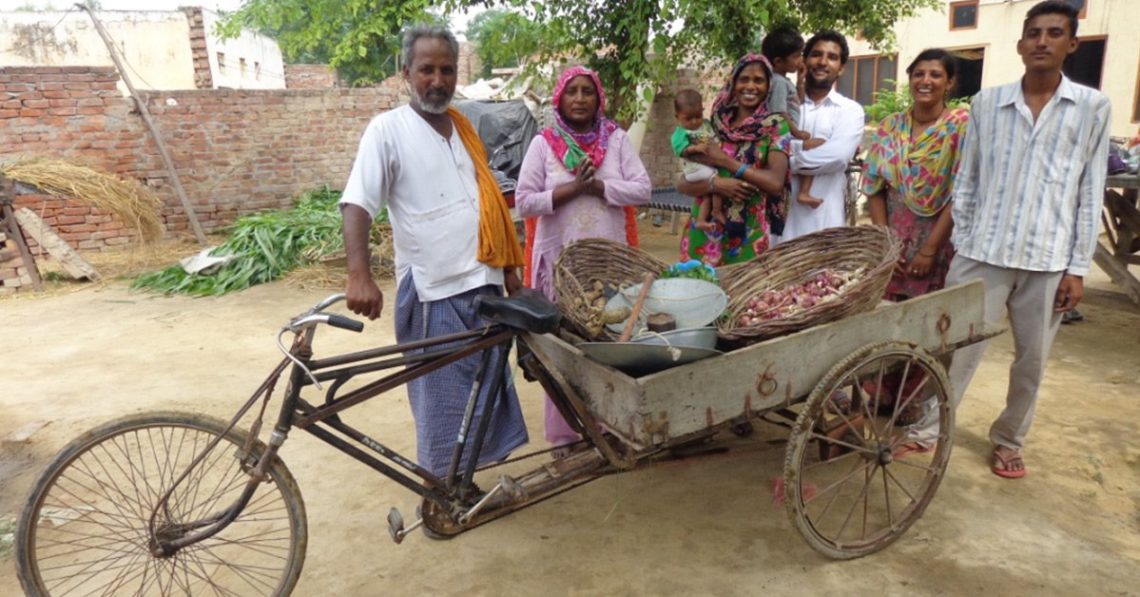The first time Tanul tried alcohol, it must have burned his throat and boiled in his belly. Unpleasant as it was, it would not be the last time he put his lips around the bottle. In fact—like the poverty he was born into—it became his constant companion. By the time Tanul was a teenager, he drank regularly. Like most young men in his rural village, Tanul filled his body with alcohol to erase the shame of poverty from his heart and mind. This destructive habit would follow Tanul as he began to build a life for himself.
When Tanul married, he did not lay aside his drinking. As the burden of caring for a family increased, so did his time with the bottle. Children came, and Tanul was unable to provide adequate food for his family or cover school fees—making a hopeful future for them impossible. Tanul was stuck in a vicious cycle, and the more he drank, the less hirable he became.
Related Evils: Poverty and Alcohol
Tanul’s journey is not an isolated incident. It’s a problem all over the world; alcoholism and poverty go hand-in-hand. Though it is not proven that one always leads to the other, there is an ugly, symbiotic relationship. As alcohol consumption increases, employability decreases. While employment dries up, many use drinking to ease the shame, which exacerbates the cycle. Often, the only work left for alcoholics in Asia is manual labor for which they are hired on a day-by-day basis. Because of the difficulty—and sometimes the impossibility—for the poor to rise above these employment options, many turn to alcohol to ease poverty’s sting. The stress of not knowing if you will find work each day inflates the problem.
Tanul’s family was plagued by poverty, alcoholism and domestic violence.











